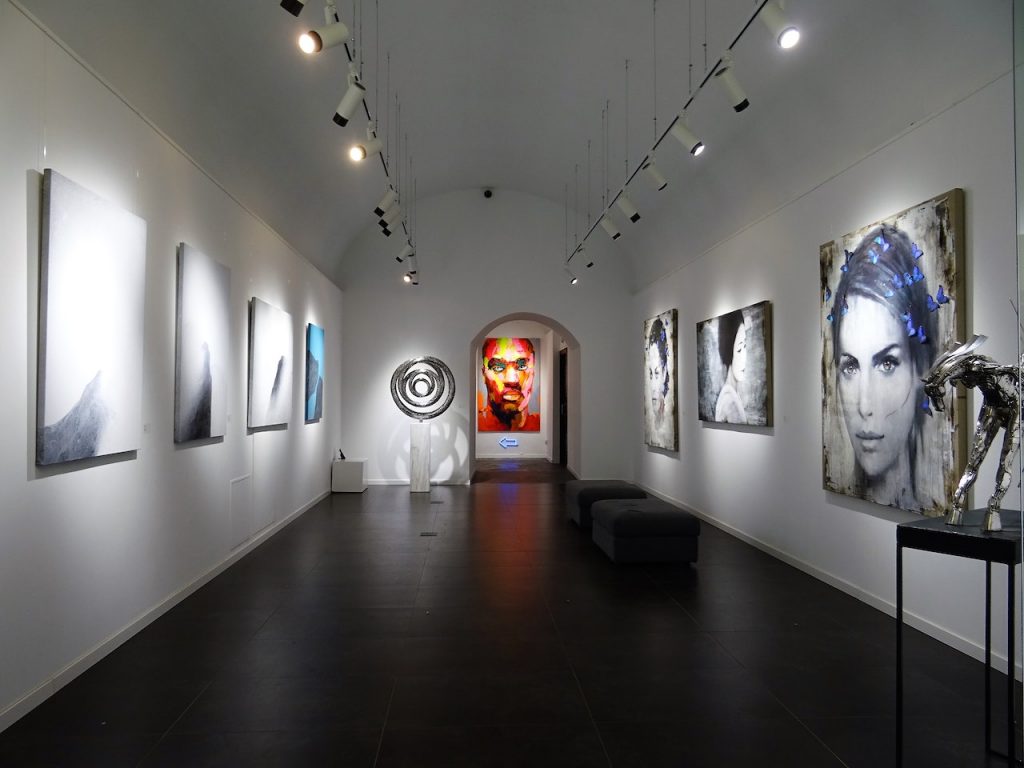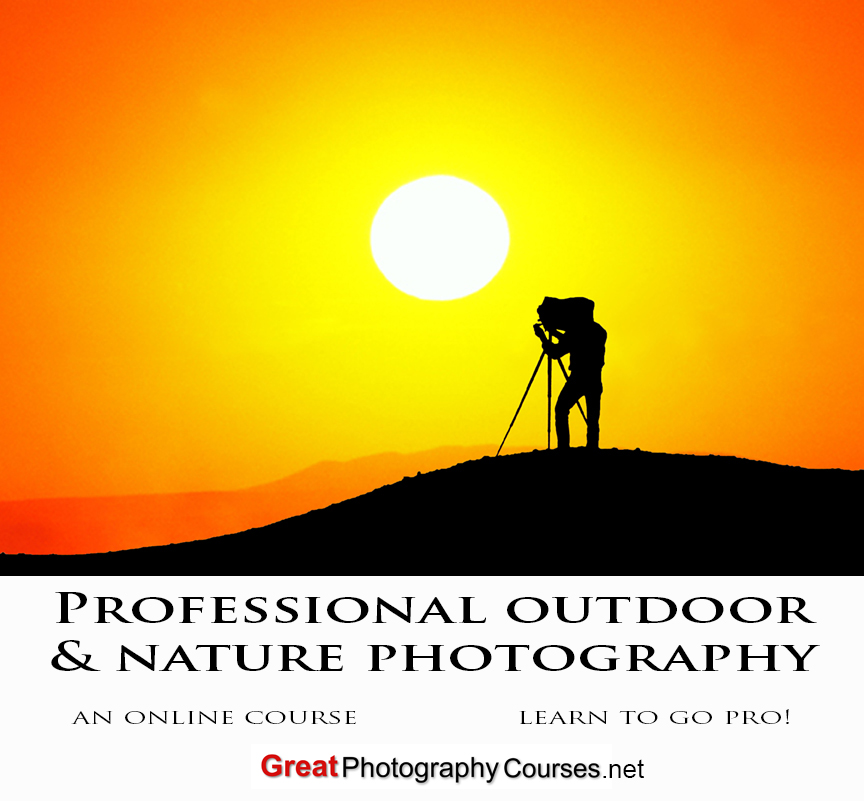by Tina Martin
Tips for Selling Your Photography at Art Fairs
Art and craft shows can be exciting opportunities for your photography business. Shoppers
are primed to spend money on art, giving you access to a wealth of potential customers. To
get the most from your registration fee, it’s important to plan and prepare appropriately.
Selecting Photos
As you select prints, ensure that the majority have a broad appeal. Eye-catching landscapes,
familiar landmarks, and abstract imagery often lead to higher sales. Photos with
recognizable faces, on the other hand, tend to have a more limited market. Invest in high-
quality prints to show off your work.
Displaying Your Work
A successful art fair booth is all about aesthetics. On the most visible areas of your display,
hang photos that draw people in. Don’t be afraid to use color, intriguing shots, or
spectacular images. Then, give customers a reason to stick around by hanging your best
photos on the walls, gallery style. Finally, use boxes of smaller, matted prints to encourage
people to flip through your affordable products.
Marketing Your Business
In addition to photos, you’ll need a sign to identify your business as well as business cards
and other marketing materials. Complete the booth with an attractive table or table
covering that matches the vibe of your work.
If you don’t have one, a logo is a must. It gives your photography business a professional
look and helps you stand out from other vendors. Don't have the budget for a designer? An
online logo designer is a free, easy option; all you need to do is customize pre-designed
templates with icons, text, and colors.
Choosing Prices
Pricing your photography is a big factor in total sales — it’s important to set prices that are
appropriate for the event, location, and expected clientele. If you’re displaying your work at
a small-town craft fair, bring a stock of smaller, more affordable prints. Fine art festivals
tend to attract collectors and people with higher spending limits, so you can get away with
larger, more expensive prints.
Managing Physical Prints
The supplies for a photo display can take up a surprising amount of space. In addition to
the prints, you’ll need to pack walls, a canopy, hanging supplies, a table, a chair, and
marketing materials. Ensure that everything arrives in good condition by renting a cargo
van or a small moving trailer.
Handling and Recording Payments
At a busy art show, a fast and seamless payment-processing system is essential. Consider
offering a variety of options, such as Venmo and a credit card processor from services such
as Square or PayPal. Make sure to bring plenty of change for cash payments.
After the fair, record all sales carefully in preparation for tax time. For more filing
flexibility, reduced liability, and less paperwork, consider registering your photography
business as an LLC. Read your state’s rules before you proceed; every state has the freedom
to regulate LLCs as it sees fit. If you’re feeling overwhelmed and want to avoid attorney
fees, a formation service can handle LLC registration for you.
Art Fairs Can Boost Your Photography Business
When you’re prepared, art fairs can be a great way to increase profits and find new
customers for your photography business. If you’re looking to expand your services, check
out The Real Estate Photography Course.
Image via Pexels



